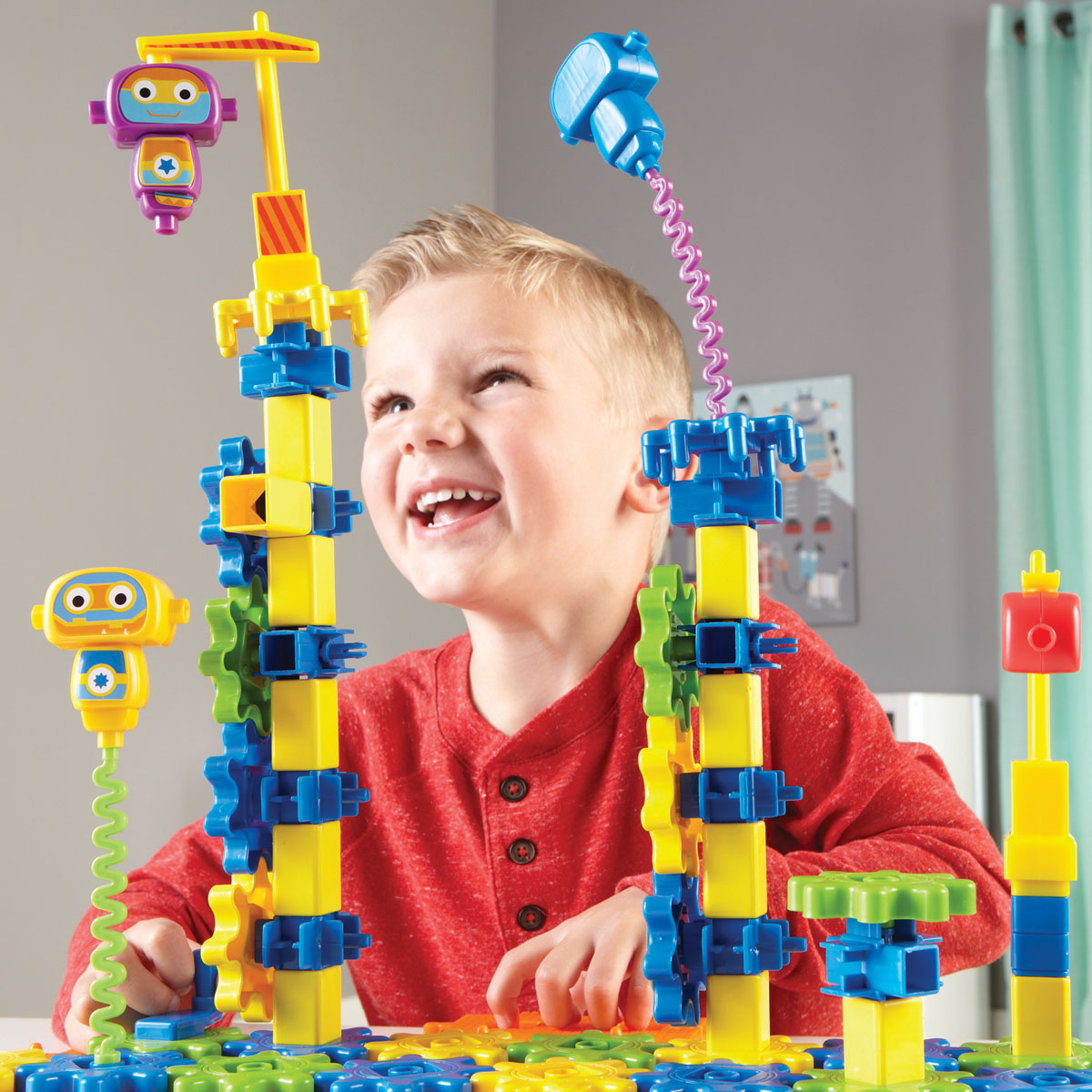

technology can replace the teacher in the future. For now, though, manufacturing advancements will likely continue to change the industry and encourage employees to advance their education.Will the development of artificial intelligence, e-learning, Internet of Things and other information technologies increase the scope of automation and standardization of didactic processes, which could result in the replacement of a teacher by robots? Unfortunately, there is a danger that due to the development of artificial intelligence, e-learning, learning machines, the Internet of Things, etc. Time will tell whether less expensive, safer, as well as, more efficient and productive manufacturing will help bring jobs back to the U.S. Whereas, decades-old robots could be dangerous, designers innovate and create robots to work alongside humans rather than replace them, taking on more tedious tasks and allowing workers to address those more advanced. The robots themselves are becoming smarter - and more humanlike, according to The Wall Street Journal article.

Taking a slower approach, evaluating competency, and revisiting education topics when necessary can not only help keep manufacturing leaders from losing these valuable employees but also offer opportunities for all workers to ask questions and learn as they go. In addition, managers and supervisors can continually train employees on the manufacturing floor, allowing them to encourage learning and knowledge in the workplace.įor plant managers and supervisors, this means bringing employees into automation environments step-by-step, according to the Forbes article. With many positions not requiring a four-year degree, manufacturing hopefuls can enter the field with strong science, technology, engineering, and math (STEM) skills gained through high school programs, two-year degrees, and additional certifications. Robots do, however, require an employee skills shift: Today’s manufacturing plants require technically human laborers trained to use and manage these robots, encouraging manufacturing professionals to develop and hone additional skills throughout their careers. Robots aren’t taking skilled manufacturing jobs away they’re simply taking on menial tasks like driving screws into engines. In fact, some robotic applications require more workers than they did before automation. Does this mean more competition between manufacturers and technology? Not at all. Instead, output relies on them working with robots.Īs robots become less costly to acquire, manufacturing leaders can add them to production lines to increase productivity, efficiency - and their bottom lines. The tech-savvy manufacturing experts who work with them on the plant floor are also unlike the unskilled workers of yesteryear. Factories aren’t the dirty places those outside the industry may envision when considering manufacturers and their workplaces.

Not only changing, manufacturing is becoming smarter, more high-tech. With so many changes - and so many new and unique machines on production lines - how can industry insiders keep up? The key may be education. Humans have been making machines more efficient and productive since the Industrial Revolution, and today’s manufacturing tech, including robots, is no exception. Manufacturing is advancing, and it’s not stopping anytime soon.


 0 kommentar(er)
0 kommentar(er)
